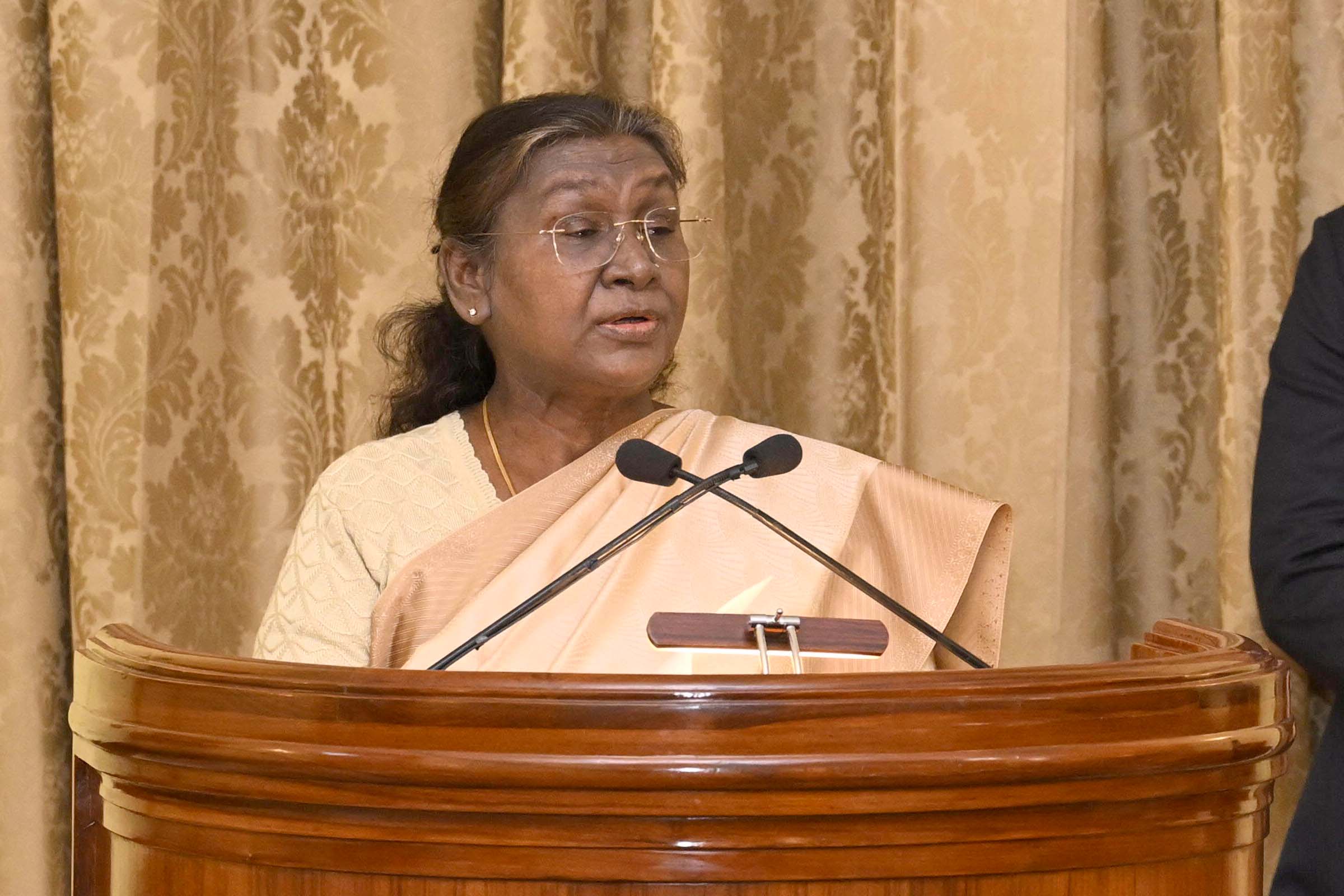President’s Rule has been imposed in Manipur after Chief Minister N Biren Singh resigned on February 9, leaving the state without an elected leadership. The decision comes as the deadline to convene the state assembly expired on February 12, further deepening the political uncertainty.
The invoking of Article 356 came after President Droupadi Murmu received a report from Manipur Governor about the failure of parties in forming a new government.
This remote hill state of north east hill – Manipur – rocked by violence for around two years and staring at a constitutional crisis — was brought under President’s Rule this evening, days after its Chief Minister, N Biren Singh, stepped down ahead of a Congress threat of a no-confidence motion and floor test. This is the 11th time President’s Rule has been declared in the state since 1951.
On Thursday evening, the office of President Droupadi Murmu announced that federal rule – known as President’s rule in India – had been imposed in the state.
“After receiving a report from the governor and after considering the report and other information received by me, I am satisfied that a situation has arisen in which the government of that state cannot be carried on in accordance with the provisions of the Constitution of India,” the statement said.
Manipur’s last assembly session was held in August and Monday was set to be the first day of the new session, but federally-appointed governor Ajay Bhalla released a statement declaring the session “null and void”.
What’s President Rule in India?
In President’s Rule the suspension of state government and imposition of direct Union government rule in a state. Under Article 356 of the Constitution of India, if a state government is unable to function according to Constitutional provisions, the Union government can take direct control of the state machinery. Subsequently, executive authority is exercised through the centrally appointed governor, who has the authority to appoint other administrators to assist them. The administrators are usually nonpartisan retired civil servants not native to the state.
Under the President’s Rule, the state’s executive authority is transferred to the Governor, who acts on behalf of the President of India. The Governor is empowered to appoint administrators, typically nonpartisan retired civil servants, to assist in governance. These administrators are usually from outside the state to ensure neutrality.
In normal circumstances, a state is governed by an elected Council of Ministers, led by the Chief Minister, who holds executive powers, while the Governor remains a constitutional figurehead. However, once President’s Rule is imposed, the Council of Ministers is dissolved, leading to the removal of the Chief Minister from office. Additionally, the state legislative assembly may either be prorogued or dissolved, triggering the need for fresh elections.

